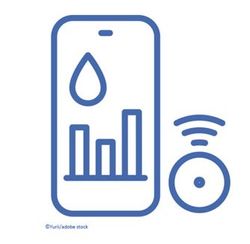Post-Test on T2DM Back-to-Basics Special Report
Try these 10 questions and see what you've learned during this month's special report on the nuts-and-bolts of T2DM for PCPs.
This month’s Special Report has reviewed many of the basics of diagnosing and managing type 2 diabetes (T2DM), the care of which is provided largely by you and your primary care colleagues.
Specific installments have focused on clinical suspicion and screening at-risk patients; the tendency for clinical inertia when treating T2DM; the imperative to manage common comorbidities; teaching self-monitoring of blood glucose and using results to fine-tune treatment; and, recognizing when non-medical therapy and oral drugs are no longer sufficient to control hyperglycemia.
In the Introduction to the Special Report, you took a short pretest to determine what you already knew about the challenges of T2DM management.
Now is your chance to see the questions again in our post-test so you can gauge what you’ve learned, or been reminded about, in the management of T2DM from reading the T2DM Back-to-Basics for Primary Care Special Report sections.
Good luck!
Question 1:
Sources:
Handelsman Y, Bloomgarden ZT, Grunberger G, et al. American Association of Clinical Endocrinologists and American College of Endocrinology - Clinical Practice Guidelines for Developing a Diabetes Mellitus Comprehensive Care Plan. Endocr Prac. 2015;21(suppl 1):S1-87. https://www.aace.com/files/dm-guidelines-ccp.pdf
American Diabetes Association Standards of Medical Care in Diabetes – 2017. Diabetes Care 2017; 40 (sup 1):S1-S138.
To review the full Special Report:
Introduction and Pre-test: Type 2 Diabetes: What Busy PCPs Need to Know
Part 2:Type 2 Diabetes: Clinical Suspicion and Diagnosis
Part 3: Type 2 Diabetes: After the Diagnosis, Resist Inertia
Part 4:Self-monitoring Blood Glucose in T2DM: It's Essential
Part 5. T2DM: Intensifying Rx When Diet, Lifestyle and OADs Aren't Enough



